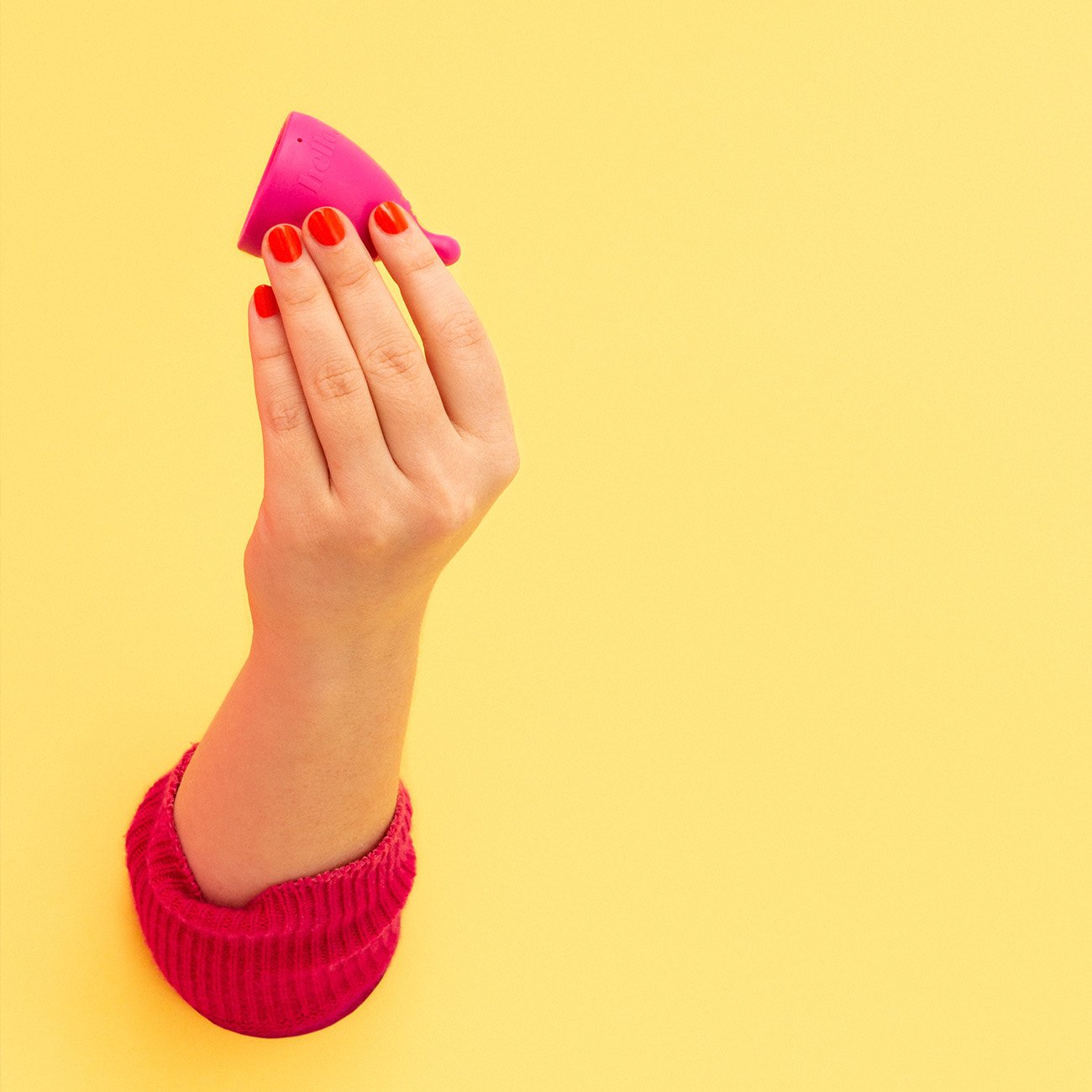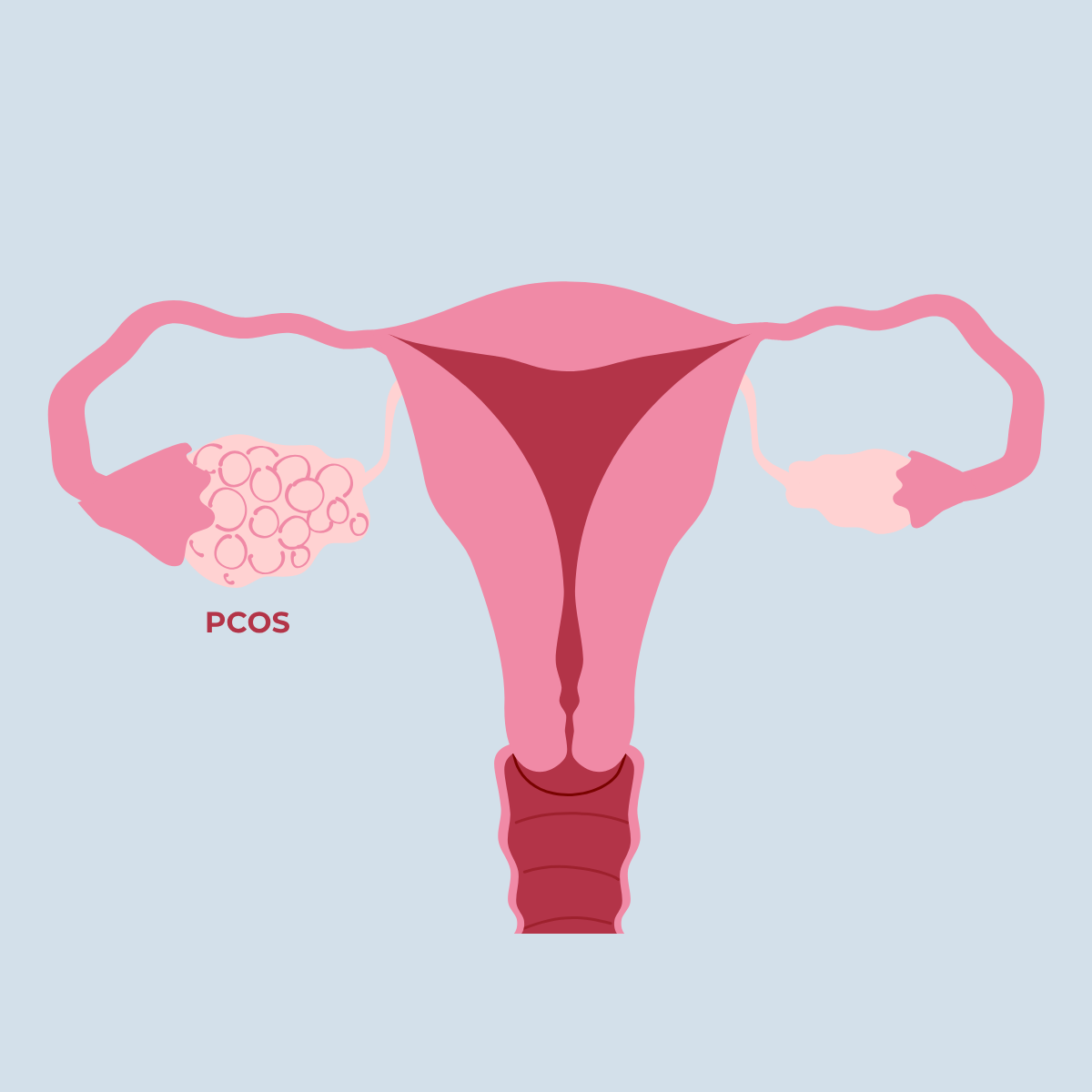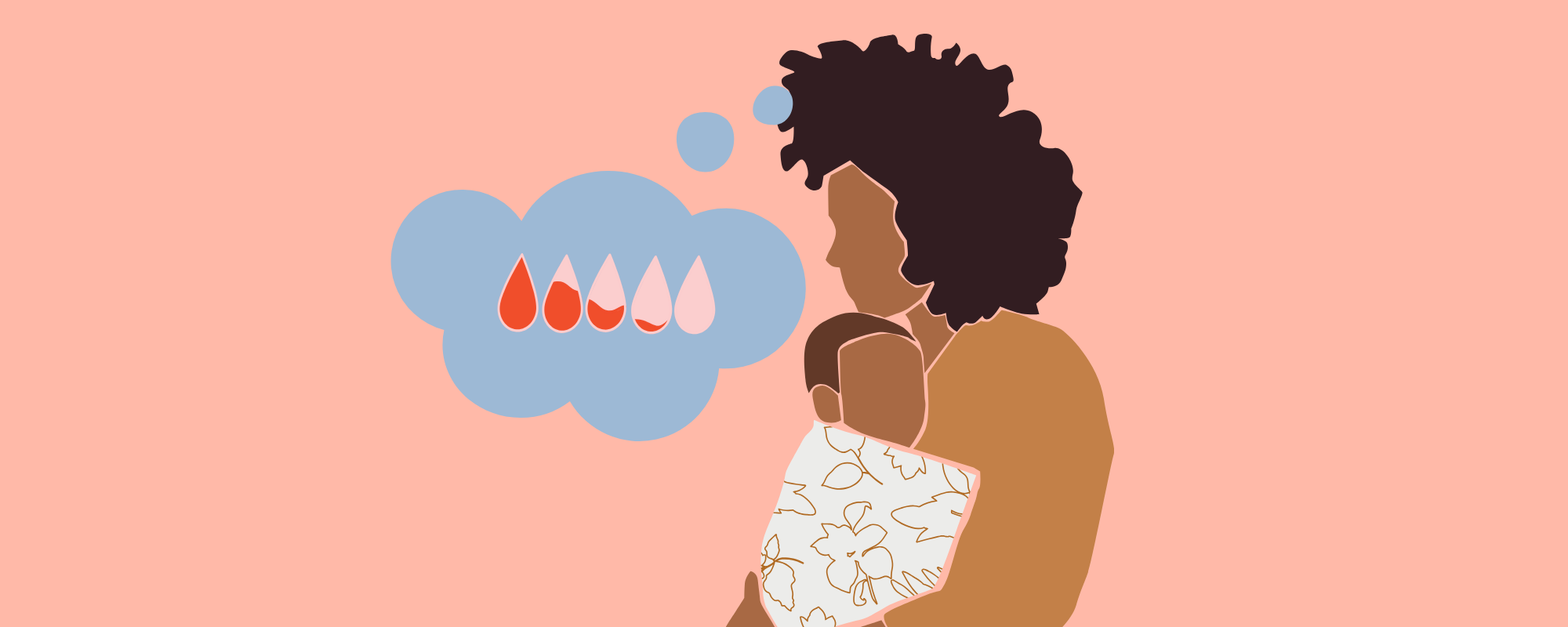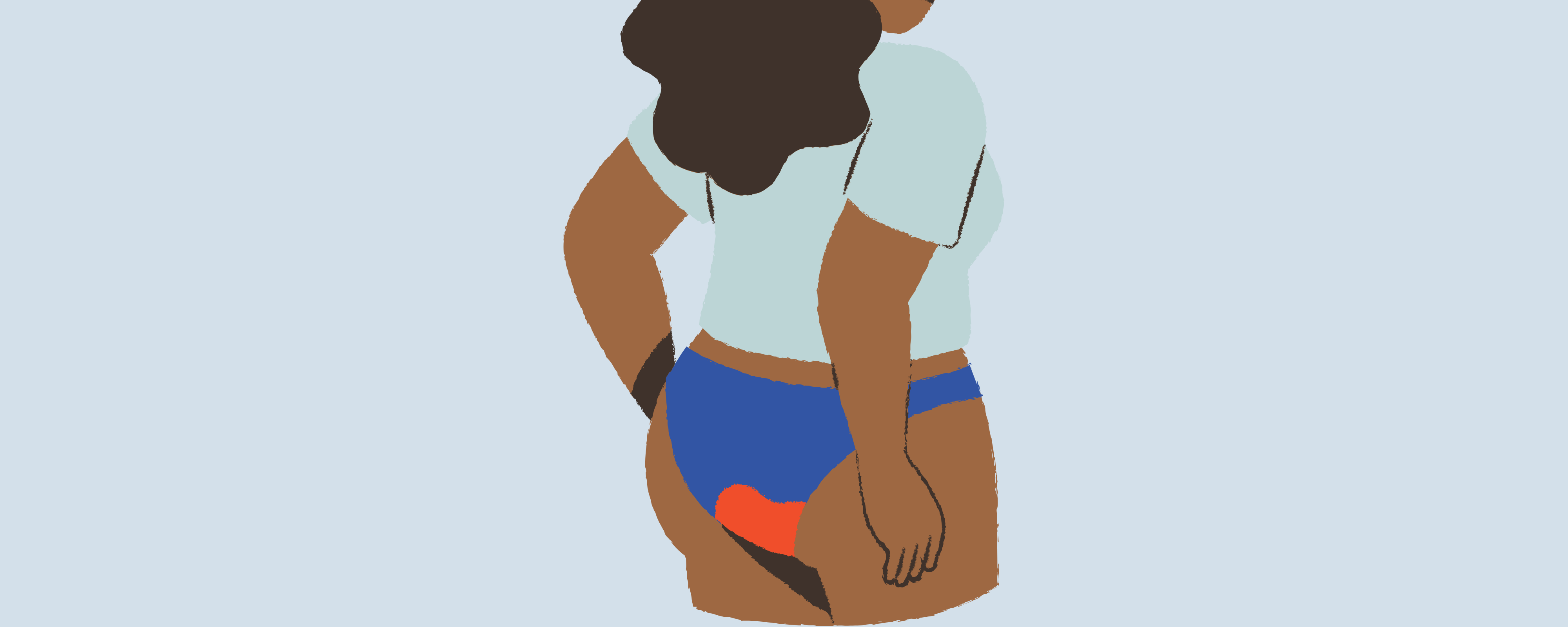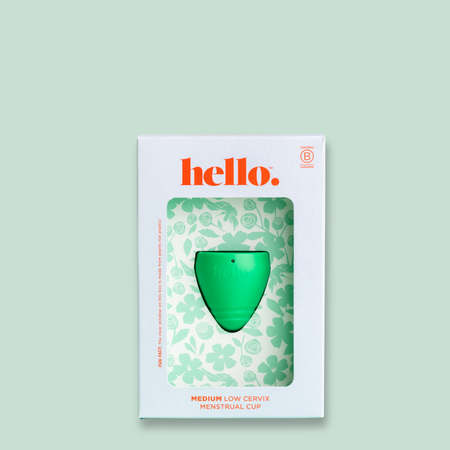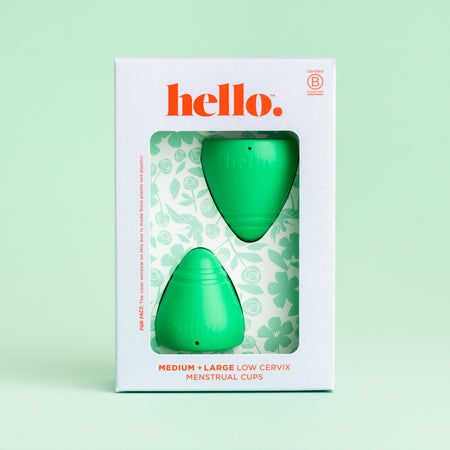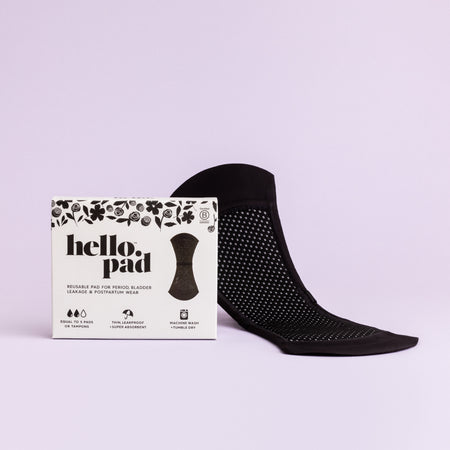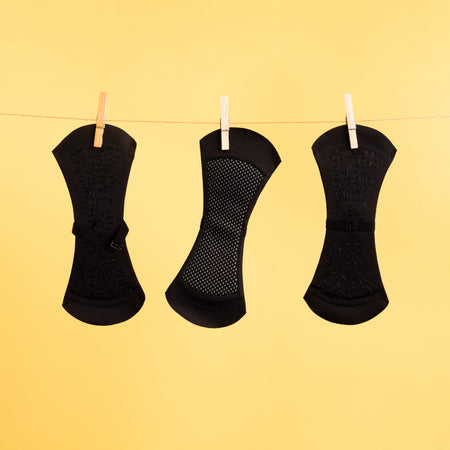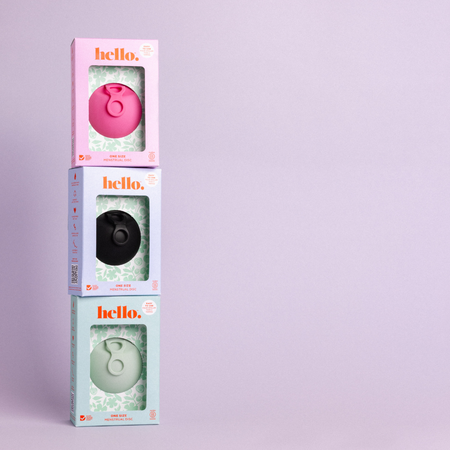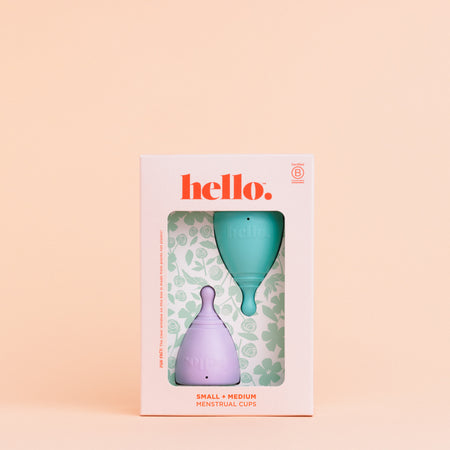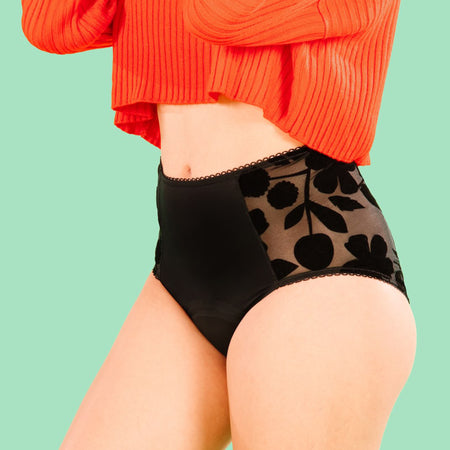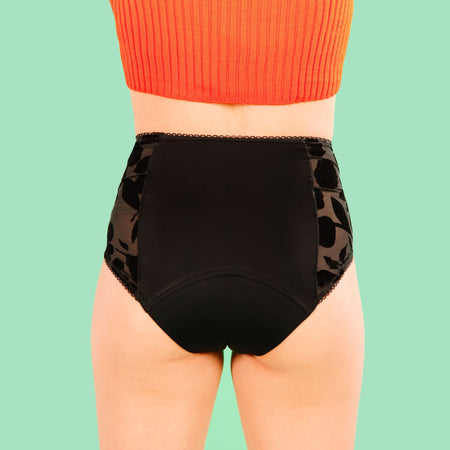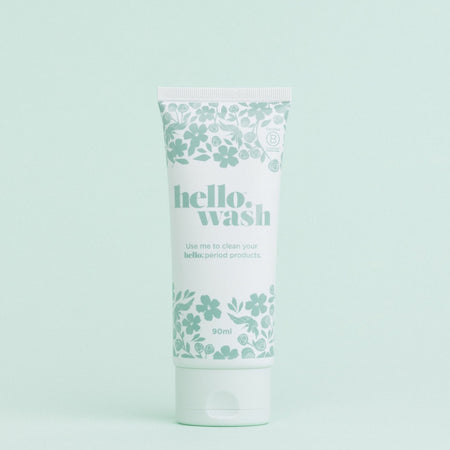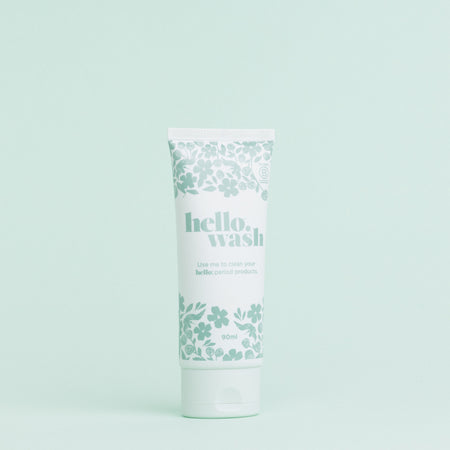Words by Paula Adler - Exclusively written for thehellocup.com
Gone are the days when the topic of menstruation was taboo. That’s a fact. Period.
Gen Z is championing causes falling on a wide spectrum: #MeToo, climate change and sustainability, and healthcare. A solution related to all of the aforementioned is a little FDA-approved, medical grade thermoplastic elastomer (TPE), funnel-shaped receptacle called a menstrual cup.
Menstrual Cups were created in the 1930s, tried by thousands in the mid-2000s, and millions in 2019, and it looks like their presence is here to stay. This clever little invention has found its target market among Gen Zers born from 1995–2010, whose activism and innovative tendencies define their generation. The overlap of these two defining characteristics makes them remarkable business leaders and the greatest activists the world has ever known.
Teneo’s vision book, ‘The Kids Are All Woke: Relevancy Amidst Demographic Change’ documents that the Gen Z’s disruptive nature comes from their post-9/11, post-2008 Financial Crisis, and social media maelstrom upbringing. This geopolitical unpredictability coupled with rapid technological advancements has birthed a generation accustomed to volatility and transformation. To counter this, their effect on industries has a lot to do with their belief systems and preferences. These have given rise to innovations in education and employment too. Maryville University reports that online colleges now offer flexible start dates and personalized instruction, unlike traditional colleges that Gen Zers might have found restricting. Their curiosity has let them explore these other, out-of-the-box options that let them channel their creativity and multitasking abilities. Similarly, Business.com has also found that remote work is on the rise, with many Gen Zers choosing to telecommute instead of working out of a physical office. It’s with these characteristics that make this generation more prepared to embrace the menstrual cup as well.
Here’s why Gen Z may be ready to embrace menstrual cups:
It’s a feminist pursuit
In the same way that the #MeToo movement clamors to be recognized and discussed by all genders, the same goes for the Global Menstrual Cups Market whose very presence demands to be known and acknowledged. OnePoll surveys that 83% of Gen Z women now believe menstruation to not be solely a women’s issue, but one that must be discussed by and with men too. Menstrual cups are bold and present, reminding everyone that every woman menstruates and there is no shame in it. It validates women’s struggles and pain.
It’s cost-effective
The average woman will use and dispose of 14,000 tampons in a lifetime. The United States’ Feminine Hygiene Product Industry is worth $5.9 billion, and the average woman spends $150–$300 a year on disposable menstrual products. This amount is unthinkable for those who cannot afford even the most basic needs. Period poverty is a reality which puts already disadvantaged women at a greater disadvantage when their time of the month comes. While motions in government policy have been made to remove “tampon taxes,” and labeling feminine hygiene products as “luxury goods,” instead of basic hygiene necessities have been made, there are still barriers to access. Menstrual cups may be the most cost-effective option.
It prioritizes comfort
Gen Zers are all about having their preferences and needs met, and they flock towards products and services that do just that. The menstrual cup is created by women, for women, so comfort is definitely a No.1 priority. It can be used by women of all ages, and there are different sizes to accommodate all users. Many advocates of the menstrual cup claim that they can’t even feel that it’s there, and as such are given the freedom to go about their busy schedules smoothly.
It shows a preference for healthcare
Reproductive healthcare has been a long-contested issue for years. This issue is especially prevalent among the 12 million women in the United States who live below the poverty line. In trying to make ends meet with their scarce resources, they may be at greater risk for infections, toxic shock syndrome, and even cervical cancer.
It’s sustainable and eco-friendly
In North America alone, around 12 billion menstrual pads and/or tampons are used annually. 23% of women today are considering making the switch to reusable feminine hygiene products like the menstrual cup. The demographic of this is women typically aged 18-24. Waste reduction and environmental impact are some of the driving forces behind this switch, as the menstrual cup can last up to five years. This is the generation that is forward-thinking with the impact of their carbon footprints, and is taking accountability through their choice of products.
With Gen Zers' open-mindedness, activism, and desire to enact meaningful change, it makes perfect sense that they champion menstrual cups as well, for all the benefits mentioned. Kathrine Switzer, runner and founder of the global charity 261 Fearless, has advocated the use of menstrual cups in her field. Perhaps now you can take a moment to think about how you can use your own platform to do the same.
We assure you, you can do anything. Even when you are bleeding.
